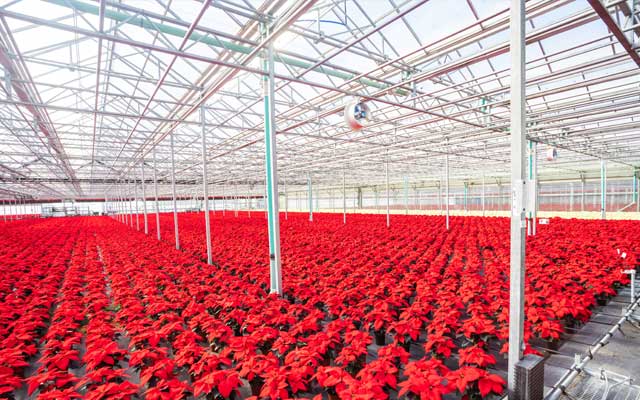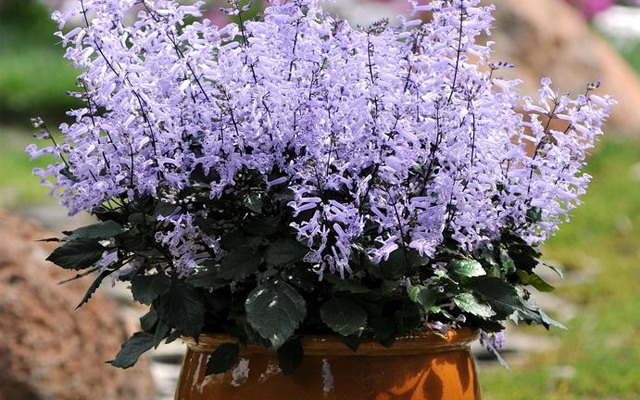The Amazing Health Benefits of Being a Plant Lover
Have you ever walked into someone’s home, gazed upon multiple plants on windowsills and end tables, and felt immediate peace?
Or felt a weight lifted from your shoulders after a long day in nature, with trees and foliage all around?
Then you, my friend, have experienced the amazing health benefits of plants.
The natural world has long been a sanctuary for human beings, providing us with a respite from the stresses of modern life — no wonder our sound machines are filled with babbling brooks and swishing leaves. It would seem we crave a connection to the natural world even when we’re not consciously processing it.
In recent years, scientists have begun to uncover the reasons behind this deep-rooted affinity for green spaces, revealing how our connection with plants can profoundly impact our mental health and well-being.
Three prevailing theories have taken root (get it?):
According to the biophilia hypothesis, humans have a natural urge to establish a connection with nature. Secondly, the stress reduction hypothesis suggests that exposure to the natural environment decreases stress levels through a physiological response. And finally, the attention restoration theory suggests that nature helps replenish cognitive resources, thus improving concentration and attention span.
Whatever the reason, the emotional health benefits are wildly agreed upon.
Improving Your Mental Health: One Plant at a Time
One of the most significant mental health benefits of plants and green spaces is their ability to reduce stress and anxiety. A study published in 2019 found that spending just 20 minutes in a green space can significantly lower cortisol levels, a hormone associated with stress. This natural stress reduction is likely due to a combination of factors, including the calming visual effects of plants and the soothing sounds of nature.
Another study published in the Journal of Environmental Psychology found that even brief exposure to nature or looking at pictures of plants and natural landscapes can help to reduce anxiety. The researchers speculate that the therapeutic effects of nature are due to the attention restoration theory and linked to how it captures our attention, allowing us to disengage from negative thoughts and worries.
Being in nature or around plants can also improve our mood. A study conducted by researchers from Stanford University discovered that participants who walked for 90 minutes in a natural setting experienced reduced “neural activity in the subgenual prefrontal cortex,” a brain region associated with rumination and negative thinking. In contrast, participants who walked for the same duration in an urban environment did not experience these benefits.
The positive effects of plants on our mood and well-being are also supported by research on horticultural therapy. This therapeutic approach utilizes gardening and plant care as a mental health treatment. Participants in horticultural therapy programs have reported improvements in self-esteem, mood, and social interaction, highlighting the potential of plants as natural mood boosters.
The Ongoing Effects: More Green Means More Community
Great. You’ve gone out and bought four beautiful spider plants, a snake plant, and some beautiful annuals for the flower bed. Your mental health is on its way to greener pastures.
But wait, the benefits don’t stop there. In addition to the health benefits of plants for the individual — stress reduction, faster healing, cognition improvement, and so on — there are also benefits for the community.
When the aesthetics are filled with natural landscapes, lush greenery, and cared-for landscaping, the perceived quality of life for the residents of that community is much higher than in communities where no care is paid to its natural assets.
This perception is a powerful motivator. While it’s a stretch to liken it to “fake it ‘til you make it,” landscaping that is cared for generally means an involved and tight-knit community. Tight-knit communities help one another, look out for each other, and are more likely to spend money locally. A thriving local economy brings in more investors, and can you see where we’re going with this?
This self-fulfilling prophecy reverberates and creates a feedback loop that looks something like this: healthier residents (due to more plants) → a healthier community (taking pride in their town with landscaping) → a healthier economy (higher quality of life and more investors) → healthier residents (who get to look at more nature!).
Ready to Turn a New Leaf?
All puns aside, incorporating more nature into your life through all plants has numerous health benefits at a minimal cost. When you’re ready to start bringing more green to your life, we’ll be here with open arms!







